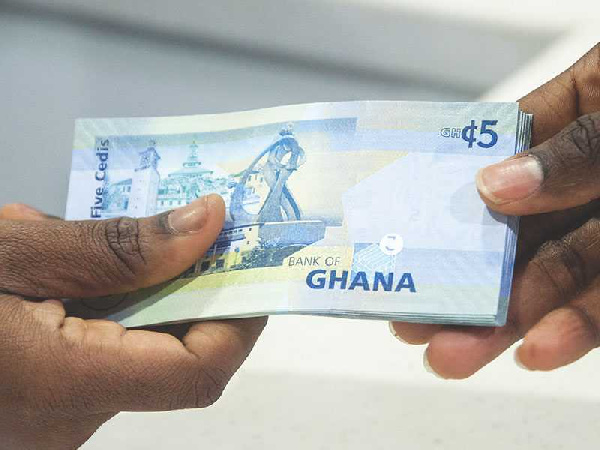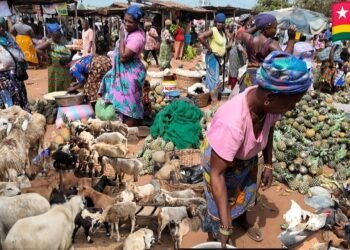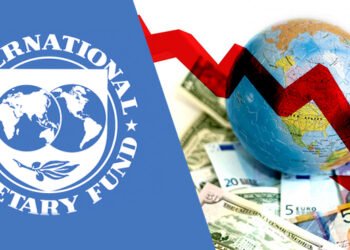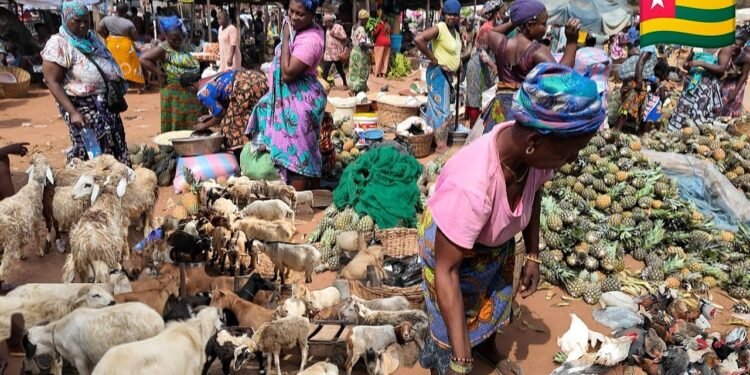The Government of Ghana has planned to increase its borrowing by GH¢0.8 billion through the issuance of fresh bonds in the second period of this year’s issuance calendar to help meet its financing requirements.
In its Issuance Calendar for the period, April to June, 2022, the Bank of Ghana indicated that Government aims to raise GH¢4.59 billion through the issuance of fresh instruments.
The planned fresh issuance for the second quarter (Q2) of 2022, is higher than the government’s issuance of GH¢3.79 billion of fresh debt issuance in the first quarter of this year to meet it’s financing requirements during that period.
“Government publishes herewith, the Issuance Calendar for the period April to June, 2022 as part of its efforts to improve market transparency in the issuance of Government securities. The Calendar is developed based on the Net Domestic Financing provided in the 2022 Budget, the 2022 domestic maturities for the period, the 2022 Borrowing Plan and the Medium Term Debt Strategy. It depicts the securities that are intended to be issued in respect of Government’s Public Sector Borrowing Requirements for the period April to June 2022”.
Bank of Ghana
The Bank of Ghana stated in its public notice that “For the period in question, Government plans to issue a gross amount of GH¢24,696.00 million, of which GH¢20,102.05 million is to rollover maturities. The remaining GH¢4,593.05 million is fresh issuance to meet Government’s financing requirements”.

The planned fresh issuance for the second quarter (Q2) of 2022, is also higher than the GH¢1.04 billion raised through the issuance of fresh instruments in the last quarter of 2021. Meanwhile, both the gross and the amount earmarked for rolling over maturities are higher in the second quarter compared to the previous quarter. In Q1 2022, Government issued a gross amount of GH¢24,500.00 million, of which GH¢20,714.49 million was used to roll over maturities.
In the first quarter, the 91-day Treasury bill accounted for majority of the instruments issued with a total amount of GH¢11,300.00 million. However, unlike previous quarters when the government presented a breakdown of the various bills to be issued, this wasn’t the case in the second quarter of 2022.
Instruments to be issued
Per the new calendar, Government aims to build benchmark bonds through the issuance of instruments as follows: the 91-day and 182-day to be issued weekly; and the 364-day bill to be issued bi-weekly through the primary auction with settlement being the transaction date plus one working day. The Bank of Ghana stated that the securities of 2-year up to 6-year will be issued through the bookbuilding method by the Bond Market Specialists (BMS).
The BoG indicated that consistent with the MTDS, Government may announce tapins/reopening of other existing instruments depending on market conditions. Government intends to update the Issuance Calendar on a monthly rolling basis, to reflect a full quarter financing program.

In addition, the Calendar also takes into consideration Government’s liability management program, market developments (both domestic and international) and the Treasury & Debt Management objective of lengthening the maturity profile of the public debt. BoG warned that the amounts stated in the issuance calendar are indicative, to guide the market and may be revised when transaction adverts are published.
The Bank of Ghana stated that Government expects that this April to June 2022 Calendar meets the requirements of market participants. Government assured all stakeholders and the general public that it continues to strive for greater predictability and transparency in the domestic bond market.
Gross public debt stood at 80.1 percent of GDP (GH¢351.8 billion) at the end of December 2021, compared with 76.0 percent of GDP (GH¢291.6 billion) at the end of December 2020. Of the total debt stock, domestic debt was GH¢181.8 billion (41.4 percent of GDP), while the external debt was GH¢170.0 billion (38.7 percent of GDP).
READ ALSO: E-levy Is Not Applicable to Transfer Between Accounts Owned by the Same Person- Yao Akogo























